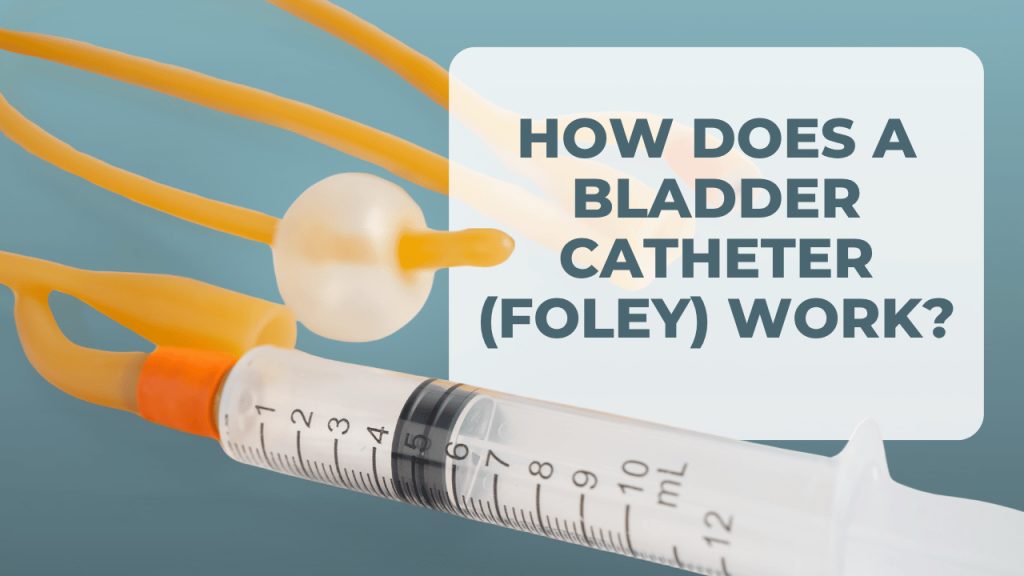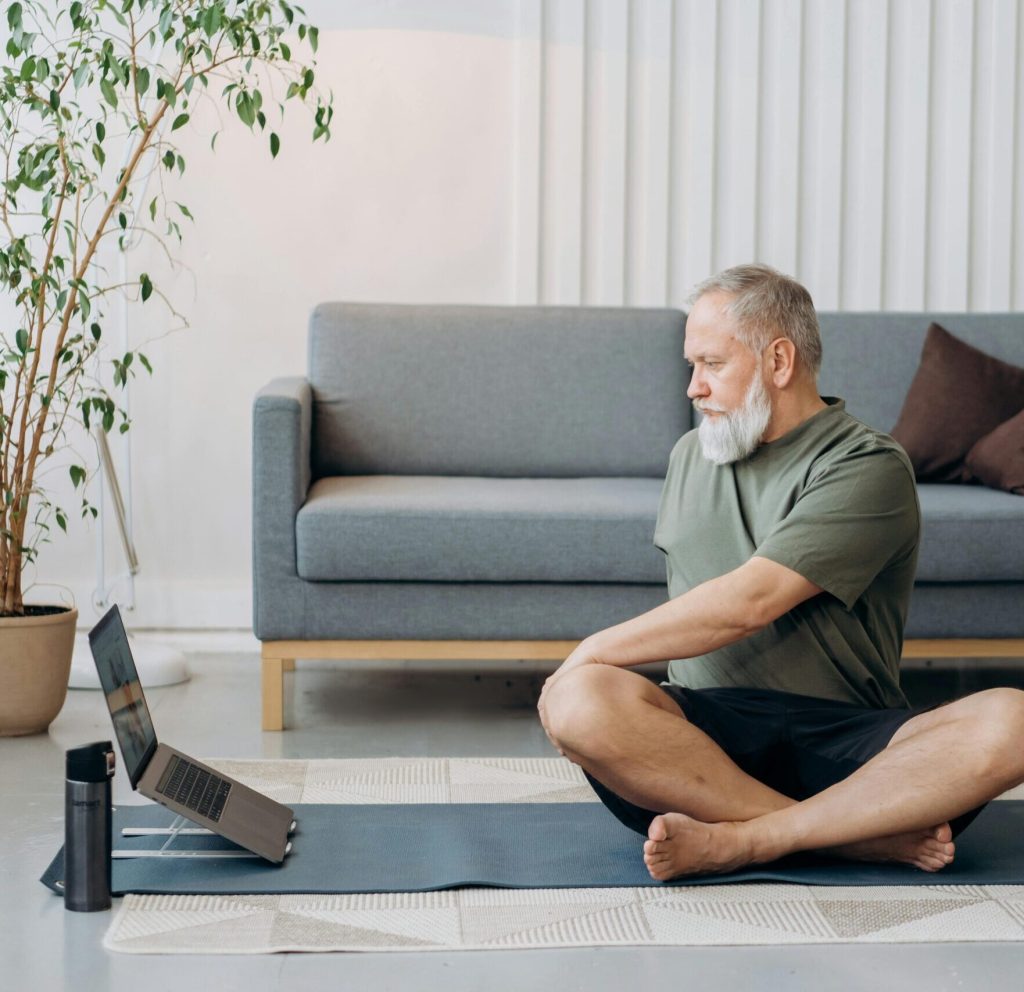What problems can pelvic floor exercises help treat?
You may have heard that Kegel and pelvic floor exercises (PFE) are helpful. But, what exactly are they helpful for? I am commonly asked, “I have heard that pelvic floor exercises help with incontinence or bowel habits or sex, and so on”. “Is this true?”
So here is your guide to pelvic floor exercises, specifically ‘what problems do they help treat’ and ‘what support or evidence is there that they actually help’. Of course, once you understand how PF exercises can help, the next step is learning to do them properly. So, we encourage you to check out other videos on this channel and hfitness.com to get you started.
Benefits of Pelvic Floor Exercises
1.Pelvic Floor Exercises can treat Stress Urinary Incontinence (SUI)
One of the most common types of urinary incontinence is called stress urinary incontinence (SUI). This is defined as involuntary loss of urine with exertion or effort, or on coughing or sneezing. People with SUI often complain of leaking with coughing, laughing, exercises, gardening, picking up heavy objects, standing up, and other activities that require exertion.
There are many theories why pelvic floor exercises can help treat SUI. For example, PFE are thought to directly strengthen the urinary sphincter muscle, which is the muscle that prevents urine loss. PFE are also thought the prevent movement of the bladder during coughing and other activities, which can help prevent urine loss.
The Data
Numerous studies have shown that women treated with PFE more often report cure or improvement of leakage, report better quality of life, and have few leakage episodes when compared with women who were not treated with PFE. So, the data is strong and there is widespread support for PFE to be included as a first line therapy for SUI.
2.Pelvic Floor Exercises can treat Urge Urinary Incontinence (UUI)
Another type of urinary incontinence is urge urinary incontinence (UUI), which is loss of urine associated with a sense of urgency. Patients wit UUI often say, “When I get the urge to go to the bathroom, it’s a race and I rush to the bathroom but can’t make it in time. I always have to know where the bathrooms are. When I take a car trip, I have to pull over all the time to go to the bathroom.”
Again, there are many theories why pelvic floor exercises can help treat UUI. One of the most common suggests that urgency episodes are a result of a bladder muscle spasm and that pelvic floor muscle exercises can be used to stop these spasms.
The Data
In general, studies looking at UUI have involved women with both SUI and UUI, which complicates things. These studies have shown that these women have fewer incontinence episodes than women who do not perform PFE. Hopefully future studies will look only at women with UUI. For now, however, these studies are encouraging!
3.Pelvic Floor Exercises may help sexual function.
There are numerous problems that women can report with sexual function. These include poor sex drive, a sensation of vaginal looseness, pain during sex, poor orgasm quality, incontinence during sex, and so on.
In theory, good pelvic floor health can improve some of these issues by increasing blood flow to the pelvic and genital structures and strengthening the muscles that play a role in orgasm and vaginal support.
The Data
There are a limited number of studies evaluating the role of PFE in sexual function. These have shown that women performing PFE report improved libido and orgasm, improved sexual self-confidence, the sensation of a “tighter” vagina, and improvements in urine loss during sex.
4.Pelvic floor exercises can help improve bowel function.
There are numerous issues that women can report with bowel function, including constipation and leakage of stool.
Much like urinary incontinence, PFE are thought to directly strengthen the anal sphincter muscle, which is the muscle that prevents fecal or gas loss. PFE are also thought to prevent optimize support of the colon, which may lead to more effective bowel movements and prevention constipation.
The Data
A recent study evaluated hundreds of patients treated for fecal incontinence or constipation. Overall, greater than 75% of patients experienced improvement after undergoing a pelvic floor program. There are numerous other studies that show that bowel function improvement is seen with PFE.
5. Pelvic Floor Exercises may help prevent urinary or bowel problems related to childbirth.
Did you know that about a third of women have urinary incontinence and one in ten have fecal incontinence after childbirth? As you can see, PFE can help with these problems in general. However, can PFE prevent these problems from happening in the first place?
The Data
Overall, there is evidence to suggest that in women having their first baby, PFE can prevent urinary incontinence from occurring late in pregnancy or in the first months after pregnancy. Less is known about how well PFE work in women who have had prior babies. Similar to the general population, there is widespread support for PFE in women who develop urinary or fecal incontinence after delivery.
Pelvic Floor Exercises for Lower Back Pain Relief
Did you know weak pelvic floor muscles can contribute to chronic lower back pain? Strengthening them helps stabilize your core and spine, reducing discomfort over time. Combined with proper posture and mobility work, pelvic floor exercises can offer long-term relief.
➡️ Learn more about how to strengthen your core safely at HFitness.com.
Pelvic Floor Exercises for Athletes: Boosting Performance & Injury Prevention
For active individuals and athletes, pelvic floor strength enhances balance, breathing, and movement efficiency. Whether you’re lifting, running, or training hard, pelvic floor exercises can prevent leaks and improve overall performance.
✅ Visit HFitness.com for expert tips and athlete-focused routines.
Ready to Begin Your Pelvic Floor Exercises Journey?
Learning to perform pelvic floor exercises properly is key. Check out more expert videos and resources on HFitness.com to get started today.
Strengthen from Within with Pelvic Floor Exercises
Pelvic floor exercises are more than just a treatment for urinary incontinence—they’re a foundation for overall pelvic health. From managing stress and urge urinary incontinence to improving sexual function, bowel control, and even preventing postpartum complications, consistent pelvic floor training has clear, research-backed benefits. Whether you’re dealing with specific issues or simply aiming to maintain long-term pelvic health, these exercises are a safe and effective first step.
However, the key lies in consistency and proper technique. That’s why it’s important to not only understand why pelvic floor exercises work but also how to perform them correctly. If you’re unsure where to begin or want guided help, don’t worry—we’ve got you covered.
👉 Visit HFitness.com for professional guidance, expert-led video tutorials, and trusted health resources designed to support your pelvic health journey.
Don’t wait until issues arise—start strengthening your pelvic floor today and take control of your health from the inside out.




